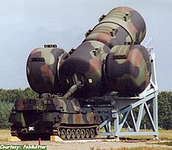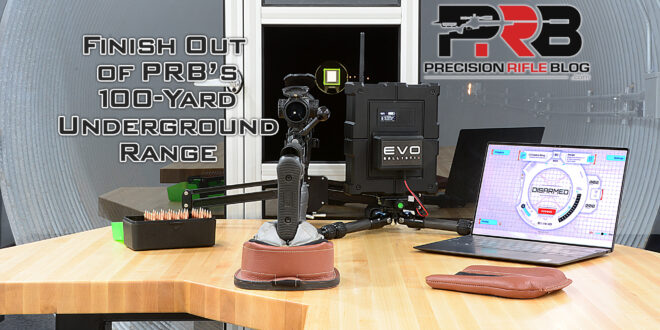Prepare for one of two things:
1. Spending $50-100k on a proper ventilation and bullet trap system.
2. Die of lead poisoning..
My mind goes to the ventilation as well. And be mindful of the potential fire hazard from particulate/residue build up on surfaces at the firing line. Pick surfaces that can be readily (and regularly) cleaned.We already have space set aside basically a 5ft x55ft hallway in an unoccupied building.
Ventilation should be pretty simply with stuff I have laying around. fresh air in on shooters end bad air out at bullet end. Should pull any potential lead out and the draft should help with any smoke from the gun.














